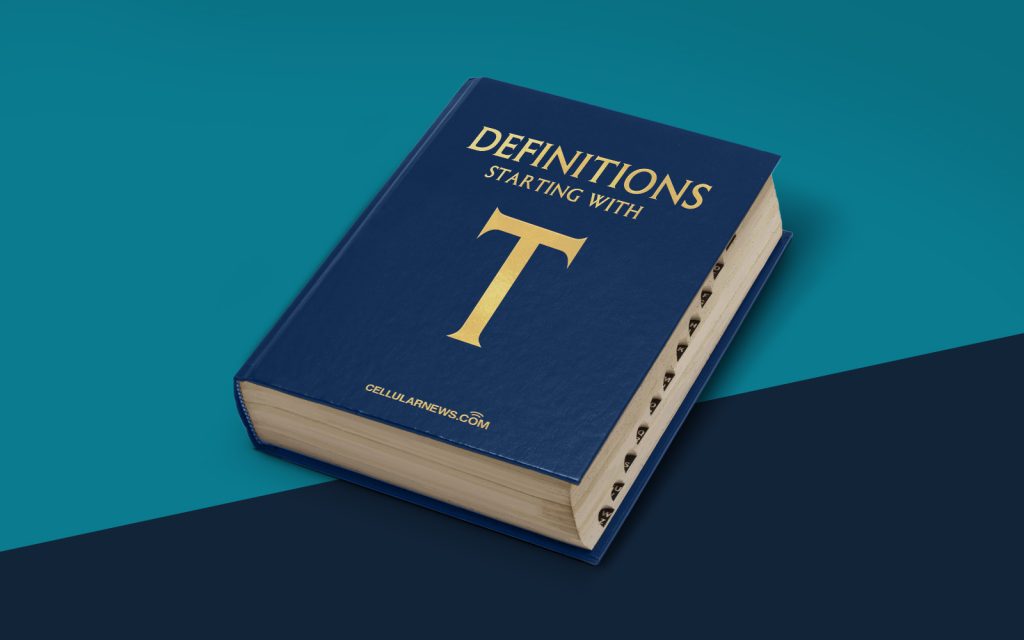
Introducing Text to Speech (TTS): The Power of Words in Action
Have you ever wondered what Text to Speech (TTS) is and how it works? In this article, we will dive into the fascinating world of TTS technology, exploring its benefits and applications. By the end, you’ll have a clearer understanding of how TTS can revolutionize the way we interact with written content. So, let’s get started!
Key Takeaways
- Text to Speech (TTS) is a technology that converts written text into spoken words.
- TTS can be utilized in a variety of applications, including accessibility tools, language learning programs, and voice assistants.
The Art of Converting Text to Human-Like Speech
Text to Speech, as the name suggests, refers to the process of converting written text into audible speech. It’s a technology that brings words to life, enabling a more engaging and accessible reading experience. How does it accomplish this? Let’s explore the mechanics of TTS.
TTS technology relies on advanced algorithms and linguistics to analyze and interpret written text. It then generates synthesized speech, replicating the natural tones, inflections, and accents of human speech. This allows text to be heard as if it were being read aloud by a real person.
The process of converting text into speech involves several steps:
- Text Analysis: The TTS engine analyzes the input text, including sentence structure, punctuation, and word choice.
- Linguistic Processing: The engine applies linguistic rules and algorithms to interpret the text, ensuring proper pronunciation and intonation.
- Speech Synthesis: Based on the linguistic analysis, the TTS engine generates synthesized speech, mimicking the characteristics of natural human speech.
- Audio Rendering: The synthesized speech is converted into an audio format that can be played through speakers or headphones.
Once the text has been converted into speech, it becomes accessible to individuals who may have difficulty reading or comprehending written content. TTS technology has been a game-changer in terms of accessibility, making information more readily available to people with visual impairments or learning disabilities.
Applications of TTS Technology
TTS technology has found its way into a wide range of applications, offering numerous benefits across different industries. Here are some key applications of Text to Speech:
- Accessibility Tools: TTS is a vital component of accessibility tools, such as screen readers, that aid individuals with visual impairments in accessing digital content. It enables websites, documents, and ebooks to be read aloud, allowing visually impaired users to consume information effectively.
- Language Learning Programs: TTS is widely used in language learning programs, assisting learners in improving pronunciation and listening skills. By hearing the correct pronunciation of words and phrases, language learners can enhance their understanding and fluency.
- Voice Assistants: Virtual voice assistants, like Siri, Alexa, and Google Assistant, heavily rely on TTS technology to communicate with users in a human-like manner. These assistants can read out messages, provide navigation directions, answer questions, and perform a wide range of tasks.
As TTS technology continues to evolve, its applications are expanding further, offering new possibilities for enhancing communication and accessibility.
In conclusion, Text to Speech (TTS) is a remarkable technology that transforms written content into spoken words. It opens doors to accessibility, language learning, and interactive voice-enabled experiences. Whether it is helping individuals overcome reading barriers, improving language skills, or providing a seamless interaction with voice assistants, TTS technology brings us closer to a world where words truly come alive.
